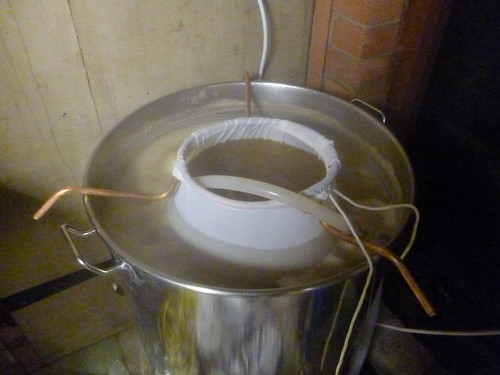Backmanscoop
Active Member
- Joined
- Jan 30, 2013
- Messages
- 44
- Reaction score
- 3
Hi all,
Really sorry if this has been posted elsewhere but i cant seem to find it.
I've got a 100l converted stock pot brewery from ebay. Its brilliant but the kettle is fuelled by a gas burner so i want to add some angry elements to make it safer for indoor use (and allow for future automation). I obviously don't want to ruin my stock pot by adding a leaky element so how do I attach it without it leaking? Does anyone here have experience with this?
Hoping to add digital thermometer probes in time so i can automate so any information greatly appreciated.
Thanks
Sam

Really sorry if this has been posted elsewhere but i cant seem to find it.
I've got a 100l converted stock pot brewery from ebay. Its brilliant but the kettle is fuelled by a gas burner so i want to add some angry elements to make it safer for indoor use (and allow for future automation). I obviously don't want to ruin my stock pot by adding a leaky element so how do I attach it without it leaking? Does anyone here have experience with this?
Hoping to add digital thermometer probes in time so i can automate so any information greatly appreciated.
Thanks
Sam













